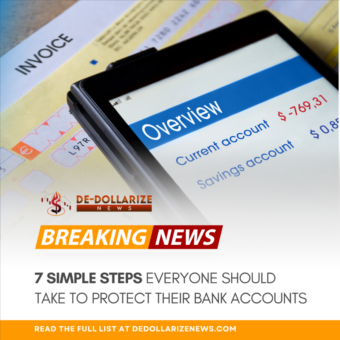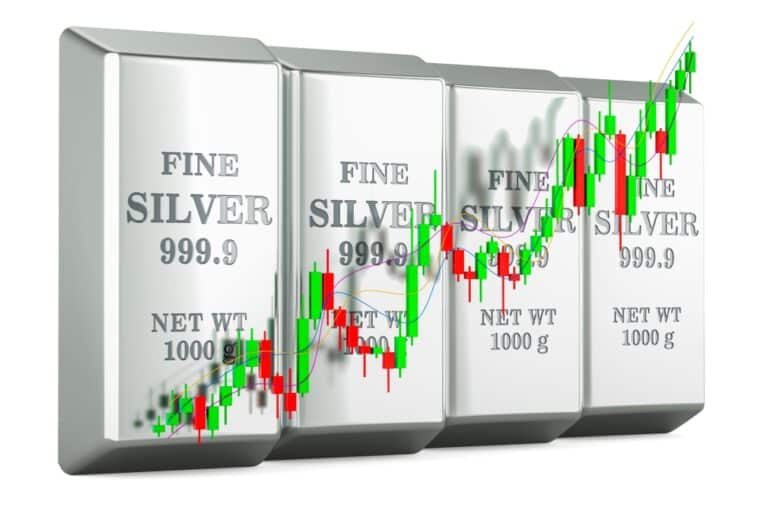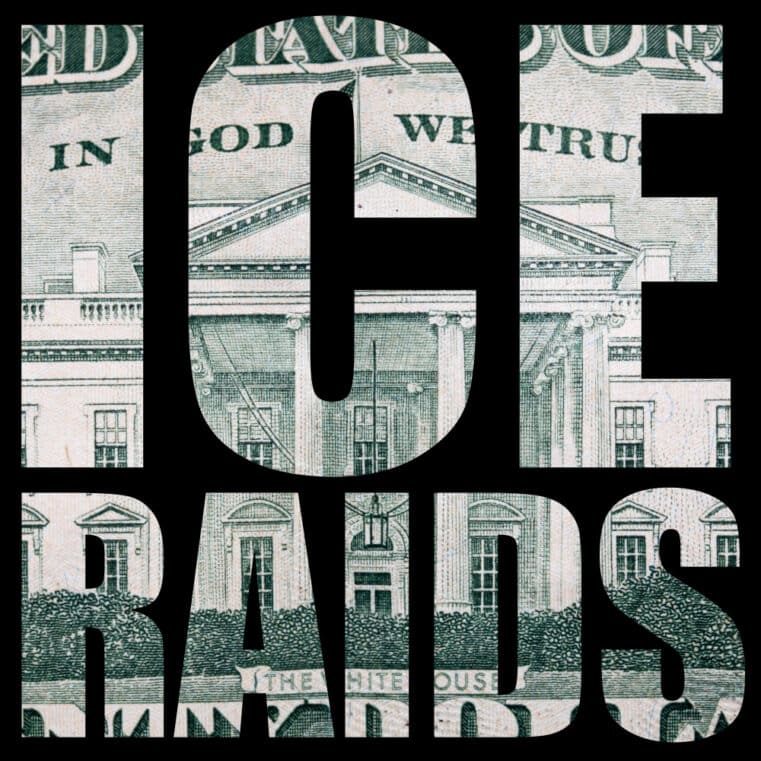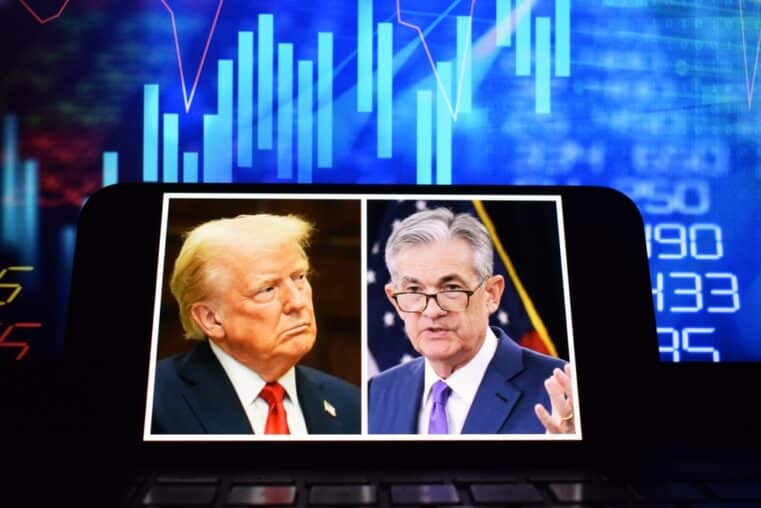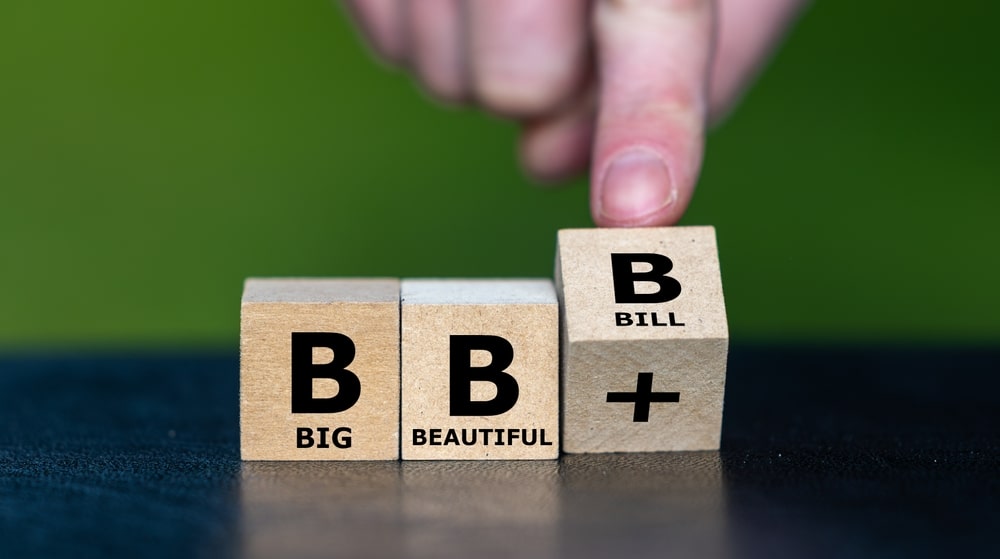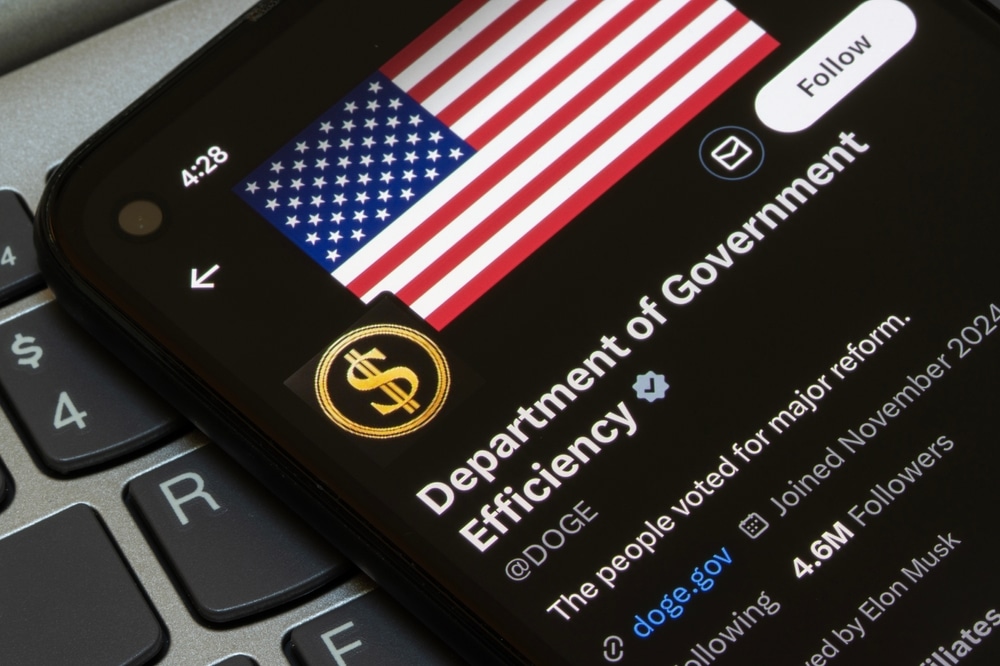
Fed Holds Rates Steady, But Markets Defy Logic—What’s Really Going On?
The Federal Reserve held interest rates steady on Wednesday, March 19, 2025, keeping the benchmark rate at 4.25%–4.50%. Markets, however, reacted with a bizarre surge. The Dow Jones shot up nearly 400 points, the NASDAQ climbed, and gold hit yet another all-time high. On the surface, this rally seems like a positive reaction, but dig a little deeper, and the reality is far more troubling.
Markets Ignore Stagflation Warnings—At Their Own Peril
The latest FOMC (Federal Open Market Committee) meeting revealed something the financial elites don’t want you to dwell on: economic growth is slowing, and inflation isn’t going away. The Fed now projects GDP growth of less than 2% for 2025—a clear indicator of stagflation, where rising prices and economic stagnation squeeze the average American.
Federal Reserve Chair Jerome Powell admitted that inflation is creeping back up, citing tariffs and trade tensions as contributing factors. Yet, despite this grim outlook, markets inexplicably surged. Why? Because Wall Street traders don’t play by the same rules as the rest of us. They see the Fed’s reluctance to tighten policy further as an invitation to gamble, while everyday Americans get crushed under rising prices and shrinking purchasing power.
Rate Cuts? Don’t Hold Your Breath
The Fed’s so-called “pause” on rate changes is a smokescreen. While officials originally hinted at two small rate cuts later this year (totaling just 0.50%), an increasing number of FOMC members now believe no cuts will happen at all. The fact that this stance has shifted in just a few months tells us one thing: the Fed has no idea what it’s doing.
And here’s the kicker—despite keeping rates steady, the Fed is quietly loosening financial conditions by slowing down its balance sheet reduction. In other words, the central bank is playing both sides: keeping rates high enough to maintain credibility while secretly supporting the market with liquidity. This kind of manipulation never ends well.
How This Impacts You: The Cost of Borrowing Remains Brutal
If you’re an ordinary American trying to buy a home, finance a car, or just keep up with monthly bills, the Fed’s inaction means one thing: you’re still paying the price.
- Savings Accounts: Interest rates on high-yield savings accounts have dropped to 4.4%, down from last year’s 5%—bad news if you’re trying to grow your money.
- Credit Cards: The average APR has dipped slightly to 20.9%, but most consumers are paying closer to 25%. That’s unsustainable debt.
- Mortgages: A 30-year fixed mortgage still hovers around 6.78%. While this is down from last month’s 7%, it’s nowhere near the sub-4% rates that made homeownership viable for many.
- Auto Loans: The average new car loan stands at 7.2%, while used car financing has climbed to a punishing 11.3%. Unless you have cash, vehicle ownership is getting out of reach.
The Debt Bubble is Growing—And You’re on the Hook
Bank of America CEO Brian Moynihan recently reassured investors that the economy is “strong” thanks to consumer spending. What he didn’t mention is how much of that spending is fueled by debt. Americans are leaning on credit cards, “buy now, pay later” schemes, and payday loans just to afford basic necessities.
And let’s not forget the elephant in the room: the $36.2 trillion U.S. national debt. A new report from WolfStreet.com shows that nearly $7.34 trillion of this debt is held by U.S. institutions, including Social Security and Medicare trust funds. The remaining $28.8 trillion? That’s held by the public—including banks, pension funds, and foreign investors. Translation: when the government runs out of money, it’s your savings, your retirement, and your future on the line.
What You Can Do to Protect Yourself
The financial system is rigged in favor of the elites, but you don’t have to be a victim. Here’s what smart investors are doing right now:
- Get out of the banks. Holding too much cash in traditional savings accounts is a losing game. Banks are exposed to risk, and they will lock you out if things go south.
- Own real assets. Gold just hit another record high for a reason—it’s a hedge against the insanity of central banks. Silver and Bitcoin are also strong alternatives.
- Diversify internationally. If all your assets are in U.S. institutions, you’re vulnerable. Consider offshore accounts, foreign real estate, and alternative financial systems.
Want a step-by-step guide to protecting yourself before the next crisis hits? Download Bill Brocius’ free eBook, 7 Steps to Protect Your Account from Bank Failure, right now. It’s the blueprint for financial survival in a system that’s built to fail.
And if you’re ready for deeper insights straight from Bill Brocius himself, join the Inner Circle Newsletter for just $19.95/month. Get ahead of the crisis before it’s too late.
🔗 Subscribe to Bill’s Inner Circle
The Fed can play its games, but you don’t have to. Take control of your wealth before it’s too late.

